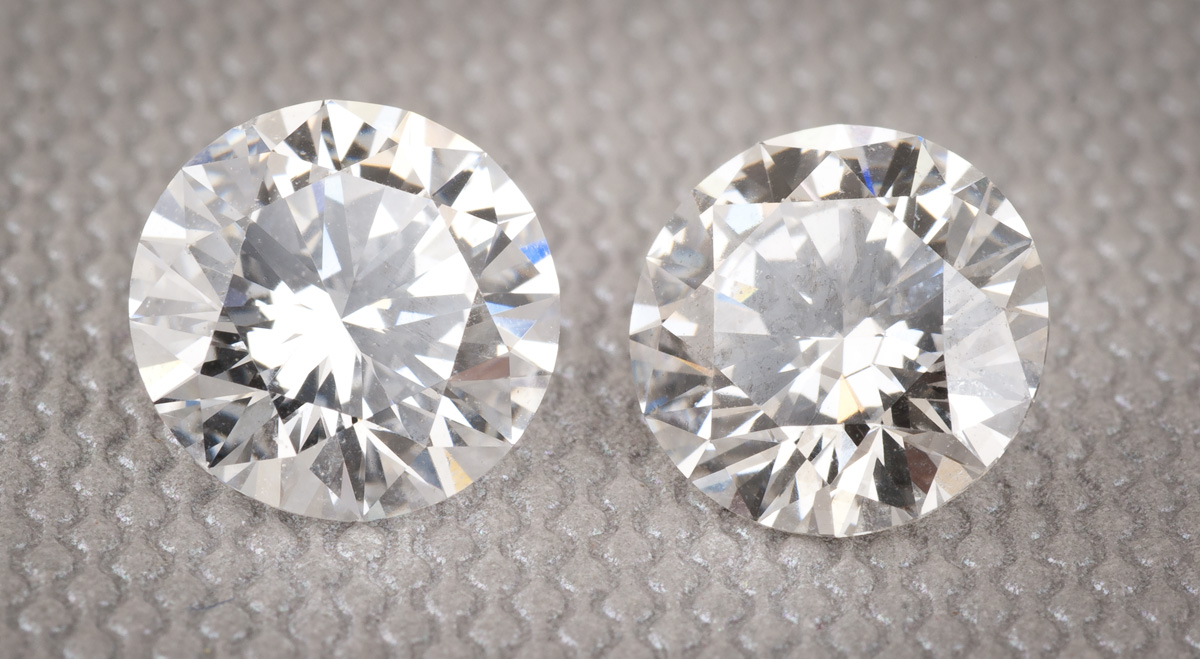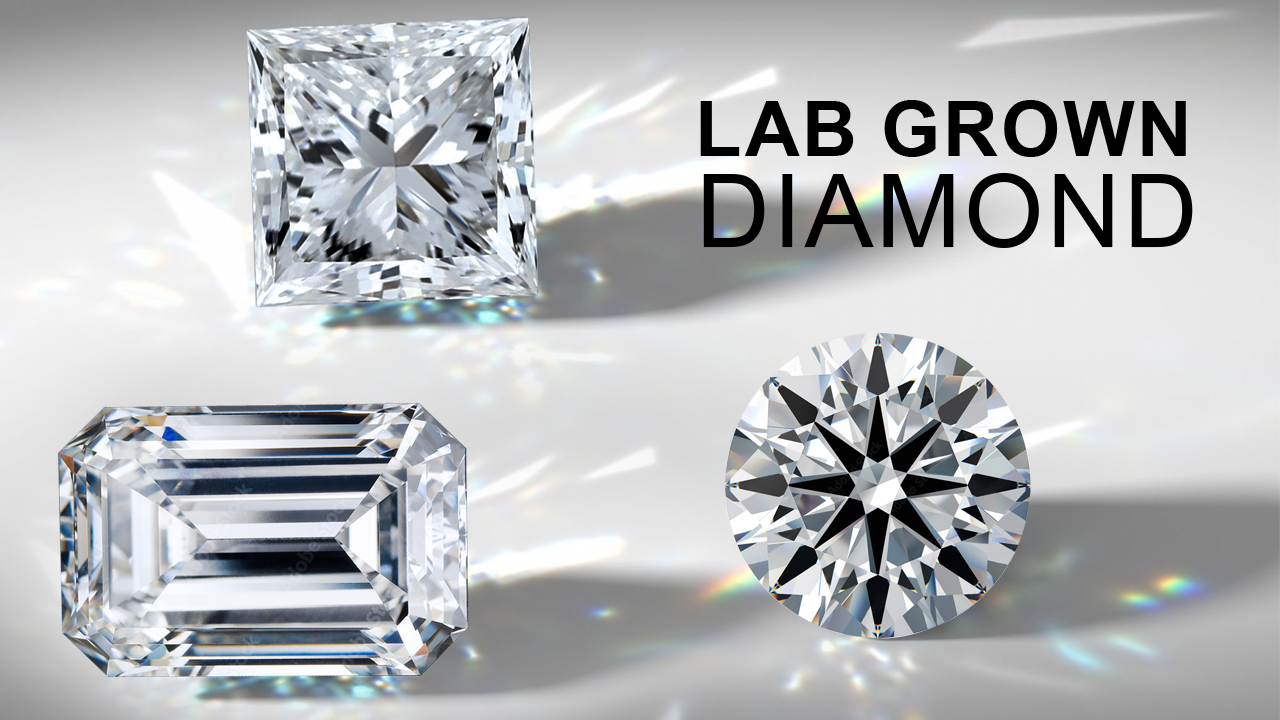Little Known Facts About Lab Grown Diamonds.
Table of ContentsFascination About Lab Grown DiamondsThe Lab Grown Diamonds DiariesThe Best Guide To Lab Grown DiamondsThe Definitive Guide for Lab Grown Diamonds
As you take a trip closer to the Planet's core, stress and temperature level increase, which creates the ideal oven for carbon to be transformed right into diamond (diamonds are the only gemstone to be made from simply one aspect). Via a large volcanic eruption, these diamonds were transported to the Earth's surface area. It's estimated this process was rather fast (more than likely throughout a number of hours), which enabled the rubies to stay intact without melting.The brief response: carats gauge the mass of rocks, karats determine the pureness of gold. Carat weight: 1 carat is equivalent to 0.2 grams, about the weight of a paperclip (following time you see an image of Mariah Carey's 35 carat weight engagement ring, just imagine the worry of lugging 35 paper clips around your finger every day).

Here are a few of the key advantages of lab grown diamonds and lab produced diamond jewellery:.
Some Known Questions About Lab Grown Diamonds.
Simply put, all-natural or earth-mined diamonds are crafted over numerous years below the Planet's crust from pure carbon incorporated with stress and heat. Developing rubies in a laboratory requires the very same procedure, simply fine-tuned to occur over a much smaller sized amount of time in a far more controlled setting.
Whereas earth-mined rubies are unusual and limited and have a tendency to boost in price in time, lab diamonds are readily available. As need rises, laboratories can remain to create lab rubies indicating they are not restricted or limited compared to natural diamonds. If you have an interest in great fashion jewelry from an investment perspective, like lab-grown diamond rings, they will not be a good suitable for your requirements.
They might assume that the cons of lab-grown rubies exceed the pros. Problems, wars, and civils rights problems are all come together with the ruby industry. That stated, the ruby industry does give revenue to third-world nations. Some may argue that, for this reason, acquiring a lab-made ruby likewise features its moral factors to consider, as doing so takes income away from those included in the all-natural diamond sector that may require it most.
Traditional diamonds rely on the Earth's conditions to determine their high quality or lack thereof. In a laboratory, makers can directly control a ruby's high quality.
The Ultimate Guide To Lab Grown Diamonds
You can quickly locate tinted, manufactured diamonds on the (relatively) affordable side along with particular cuts that would be pricier if you were looking for an extracted ruby just. As mentioned, not every insurance plan will certainly protect your lab-grown diamond but that hardly suggests it isn't worth securing. Our extensive coverage safeguards you under different unfavorable circumstances, from strange loss to burglary.
natural rubies is that the latter is mined from all-natural down payments in the Planet while the previous is made in a lab utilizing regulated settings. But their quality is greatly the very same. Lab Grown Diamonds. While the difference in between lab-grown and all-natural diamond choices are very little when it comes to quality, several of the drawbacks of lab-grown diamonds consist of the truth that the rock will certainly diminish in time and, to some, an absence of sentimental value that's commonly connected with mined diamonds
This price distinction can be attributed to the structured production procedure and the evasion of costs linked with standard mining. The Controlled Setting in Which Laboratory Grown Diamonds Are Developed Allows for Consistent Quality.
Adaptability in Style - Laboratory Grown Diamonds Deal Designers and Consumers a Versatile Scheme to Develop Distinct and Innovative Fashion Jewelry Designs. the Controlled Development Process Allows for The Production of Diamonds in Various Sizes And Shapes. Laboratory Ruby Bands are the Many Famous Among Laboratory Diamond Jewelry. Lab Rubies Typically Feature A More Clear Supply Chain.
Getting The Lab Grown Diamonds To Work
Market Understanding - Despite Their The Same Physical Residences, Lab Diamonds Might Face Challenges in Market Assumption. Some Consumers Still Perceive Natural Diamonds as Having Greater Value and Eminence. The Manufacturing of Lab-Grown Diamonds Can Be Energy-Intensive, Particularly in Approaches Like High Pressure High Temperature (hpht) and Chemical Vapor Deposition (cvd).
Natural Rubies Are Developed Over Millions of Years Deep Within the Earth, Contributing to Their Viewed Rarity. Lab-Grown more info Rubies, Despite Their Identical Quality, Might Not Lug the Exact Same Rarity Aspect, Affecting Their Perceived Value for Some Consumers. Effect On Diamond-Dependent Economies - the Shift Towards Lab Grown Diamonds May Have Financial Ramifications for Countries and Neighborhoods that Rely On The Diamond Mining Market.

Ans. Laboratory Diamonds Are of Equal Top Quality to Natural Diamonds in Regards To Firmness, Sparkle, and Clarity. the Top quality of A Diamond, Whether Lab-Grown or Mined, Is Identified by Its Cut, Color, Clearness, and Carat Weight. Ans. Yes, Lab Diamonds Glimmer Similar To All-natural Diamonds. Their Sparkle and Sparkle Are a Result of Their Cut and The Way Light Interacts with Their Elements. Ans.